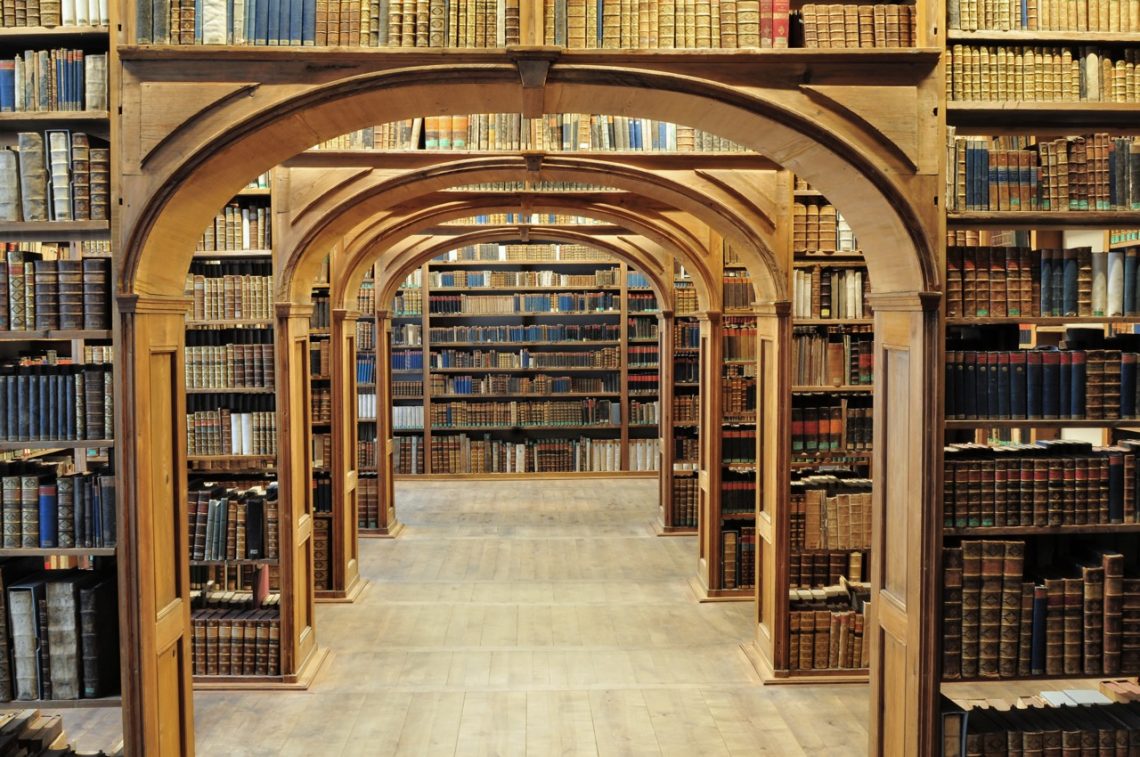
In-Demand Library Environments
“[Public Libraries] exist for the
betterment of communities.”
— Ramiro Salazar, former president of the Public Library Association
(Smithsonian Magazine interview Nov. 2021)
I’m not the first to write about the “Four-Space Model” of library design. But I don’t think it’s being talked about enough in designing public library environments. It’s becoming clear to leaders in librarianship that “…we will always embrace brand book; we just don’t want it to be our only brand.” (see Casey & Savastinuk, Library 2.0) Designing the library and its offerings around the intersection of inspiration, learning, meeting, and performative spaces can create an inviting and vibrant atmosphere where all are welcome to explore and express themselves with, of course, no admission fee.
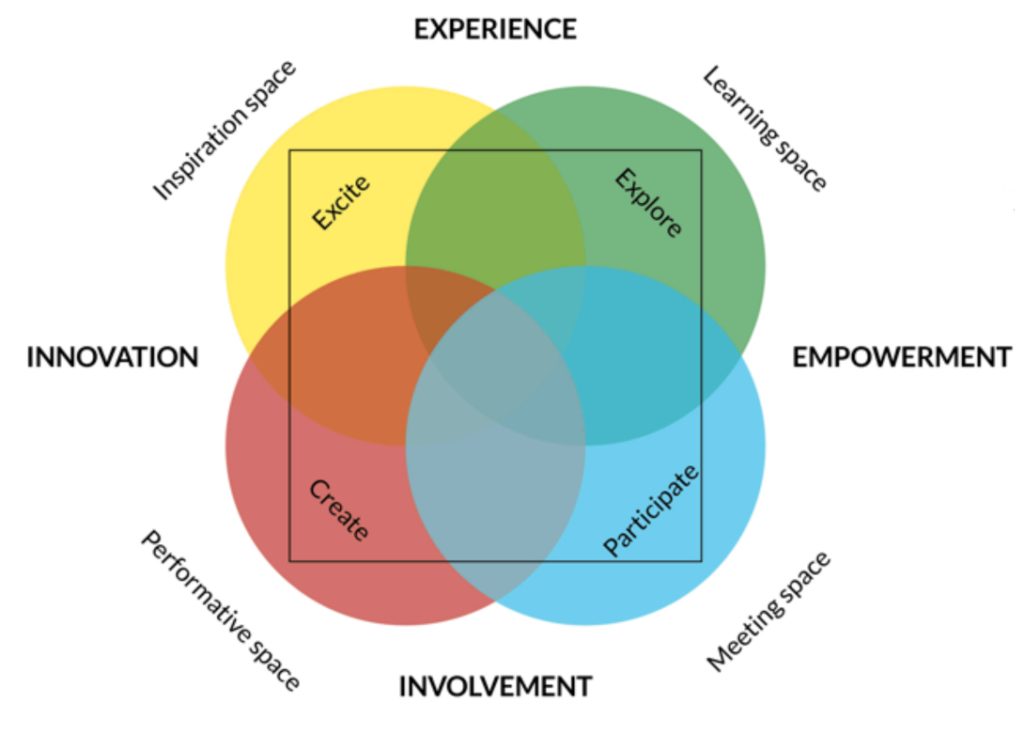
The Dokk1 Library in Aarhus, Denmark is an exciting example with its maker spaces, room to lounge, and open invitation to play chess with a new acquaintance, as just a few examples. We can also find this type of library environment in the Memphis Public Libraries, in the United States. There, the library system invites folks to join in a range of activities, involving all kinds of people from the community to share their expertise and to assist with programming costs. Activities, such as film and music production are not just one-off programs, but integrated into the library experience.
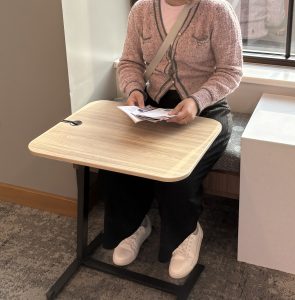
In contrast, I just visited a very new library located in an affluent community. It was spacious, fresh, and minimalist with a nod toward mid-century style. But there didn’t seem to be an innovative use for this very open space. Some might be tempted to complain about the limited visible book collection. But that’s not really what concerned me. In fact, there is access to books in the building and beyond if a patron is willing to request them.
What I did notice is that there seemed to be a strong emphasis on individual workspace. The children’s room was the only area that felt lively. I was reminded of a business center at a family-friendly hotel.
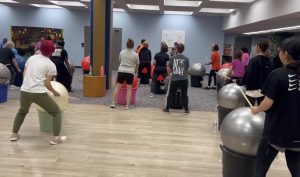
Similarly, people visit my library to print things all day, every day. It seems that I’m busier facilitating that process than I am helping people find books and other information.
The good news is that my library does offer great, free opportunities. But I’m not sure if those are integrated into linked experiences where the community expects to be welcomed and delighted any time they come in? People will show up for the big, once-a-year events. What’s missing, however, is the bustling atmosphere of everyday library patronage by a large swath of the community. Instead, what we see are a small core of patrons who show their support for the library by checking out books and coming to most of the clubs and creative activities. I’m left wondering what it takes to become that community destination, a place where people of all kinds want to be, a place that is in demand and that makes the community better.
Featured image By Ralf Roletschek – Own work, CC BY 3.0, https://commons.wikimedia.org/w/index.php?curid=29354066


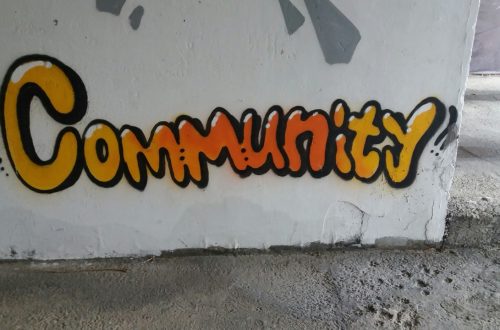
2 Comments
missjennthelibrarian
I love that you brought up the Four-Space-Model and used your own library to compare the two. My library does a lot of the same thing, helping with printing, technology, etc. I am surprised that the new library you mentioned does not more innovation and has chosen to focus on the collection. It seems out of touch with library trends from across the US and beyond. I wonder if they did a SWOT or a PESTLE before designing the library.
Sue Donnim
@missjennthelibrarian that’s a good question.